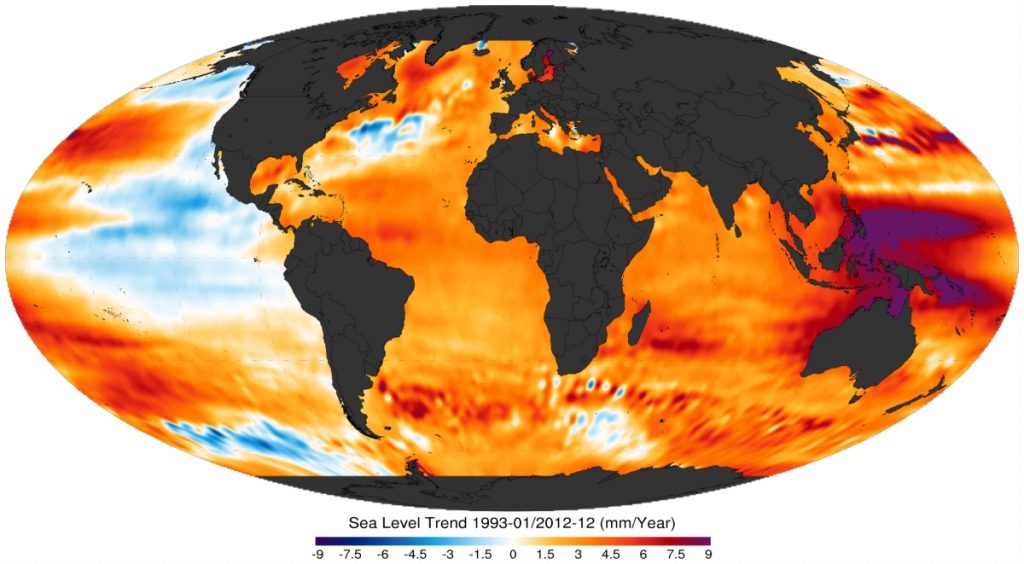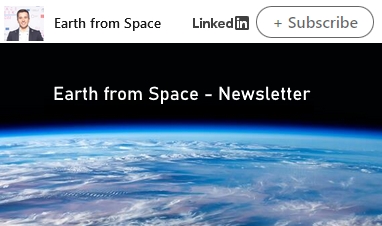Endless summer? The evidence from space

It is late October, and summer is still here. Despite a few thunderstorms, it does not miss a beat. Since 1950, summer has lasted an average of 78 days to 95; by 2100, it could even last six months.
In this regard, I would like to recall the words of astronaut Luca Parmitano in a video on climate change recorded on board the international space station from space, “We see the Earth in a new and incredible way, reminding us how precious and fragile it is.”
From space, and thanks to Earth observation, we have certainties. We can see how the Earth changes. We can see that climate change and global warming exist. What a few years ago might have been associated with some uncertainty, today, thanks to satellite monitoring, has become certainty since we are not only monitoring the climate but its impact on the planet.
But what can we see from space? And what can satellites observe?
The four elements, Water, Air, Earth, and Fire, are what satellites measure to give us back the complex mosaic of a planet that changes, also (and above all) under the influence of the human hand.
Satellites, with their images and data obtained using a multitude of different techniques and frequencies, make us more aware of what is happening on Earth, in the atmosphere, in the oceans, in Antarctic ice and equatorial forests, in cities and deserts, in coastlines.

Satellites today represent a shield against climate change.
They allow us to measure the electromagnetic radiation reflected from the Earth’s surface, and by splitting it into many different bands, these bands allow us to calculate the temperatures of objects on Earth or the temperature of the sea.
The Sentinel 5P of the Copernicus program helps us monitor the gases that contribute to warming the planet, allowing us to know today that the CO2 we pour into the atmosphere is still increasing, exacerbating the risk posed by global warming year by year.
Also, satellites help us measure the melting of ice and rising seas and predict the areas that will be subject to more frequent coastal flooding in the near future or do pre-post analyses to see the drying up of bodies of water.
If the analyses and predictions of these elements seem far removed from our daily lives, in reality, they are closer than they seem. just think of our cities. At Planetek Italia, in over 28 years of experience in Earth observation, we receive a high demand for services related to Urban Heat Island.
Read on: Join “Earth from Space” newsletter on LinkedIn


